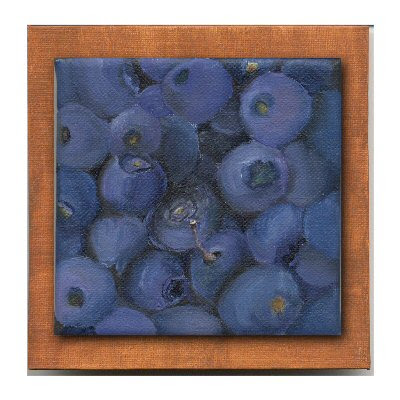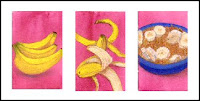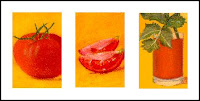
There's been a true story circulating on the 'net about a famous and highly regarded violinist (Joshua Bell) who performed unrecognized in a Washington D.C. train station. Many people passed him by but few even paused to listen - except the very young who were fixated before being tugged along in the name of "time" and "schedules."
The entire event was a study organized by a writer at the Washington Post newspaper to find out if we are influenced by settings - "packaging." After all, it was still this amazing violinist playing very intricate pieces on a Stradivarius. Yet of the almost 1,100 people who passed, only 7 (seven!) stopped to listen.
Consider this: instead of resolutions to lose weight, exercise more, earn more money, and make better food choices, we could endow ourselves with the gift of time - time to listen, taste, see, and feel beauty. That would be my wish for all of us.
Here's to a beauty-savored 2010! R.


















,_1887.jpg)






























